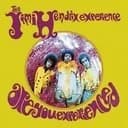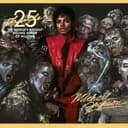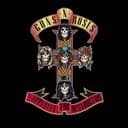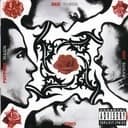The E major scale follows the major scale pattern with four sharps: E to F♯ (whole step), F♯ to G♯ (whole step), G♯ to A (half step), A to B (whole step), B to C♯ (whole step), C♯ to D♯ (whole step), and D♯ to E (half step). With F♯, C♯, G♯, and D♯ in its key signature, E major produces a radiant, sparkling quality that feels both energetic and uplifting. The interval pattern (2-2-1-2-2-2-1 semitones) creates the characteristic major sound, while the four sharps give E major its distinctive brilliant and elevated tonal color that has made it a favorite across musical genres.
Why E Major is Essential for Guitarists
E major holds unparalleled importance for guitarists due to its perfect alignment with standard guitar tuning. The low E, B, and high E open strings create powerful sympathetic resonance, allowing for fuller chord voicings and more resonant melodic phrases than almost any other key. This natural fit explains why countless guitar-based songs from rock, blues, folk, and country are written in E major. The scale allows guitarists to incorporate open strings into runs and fills, creating a ringing, sustained quality that's difficult to achieve in other keys. Blues players particularly favor E major for its accessibility and the way it facilitates classic blues licks and bending techniques.
E Major in Rock, Classical, and Popular Music
The E major scale's bright, energetic character has made it a staple in rock music history. Iconic songs like "Hey Joe" by Jimi Hendrix and "With Or Without You" by U2 demonstrate E major's power and versatility in rock contexts. The primary chords (E major, A major, and B major) create the I-IV-V progression that powers countless rock anthems and blues standards. In classical music, composers have written significant works in E major to take advantage of string resonance, though it appears less frequently than keys with fewer sharps. Modern pop and R&B also utilize E major extensively, as heard in Michael Jackson's "Billie Jean" and other chart-topping hits.
Technique Development and Practice Tips
Piano students should practice E major with careful attention to fingering (right hand: 1-2-3-1-2-3-4-5; left hand: 5-4-3-2-1-3-2-1), ensuring smooth execution of all four sharps. Start at 60 BPM, focusing on even tone and rhythmic precision across the entire scale. For guitarists, practice E major in multiple positions across the neck, but also explore first position playing that incorporates open strings for maximum resonance. Work on connecting scale patterns to chord shapes, and practice improvising over E-A-B progressions to develop fluency in this essential key. The scale's prevalence in blues and rock makes it ideal for developing bending, vibrato, and other expressive techniques.
Mastering E major is crucial for any guitarist and valuable for all musicians due to its prevalence in contemporary music. Once comfortable with E major, advance to B Major (five sharps) and eventually F♯ Major (six sharps) to continue through the circle of fifths. Explore its parallel minors: E Harmonic Minor and E Melodic Minor for darker tonal colors. Whether you're performing classical repertoire or jamming in a band, E major's brilliant resonance and guitar-friendly nature ensure it remains a cornerstone of your musical foundation.





